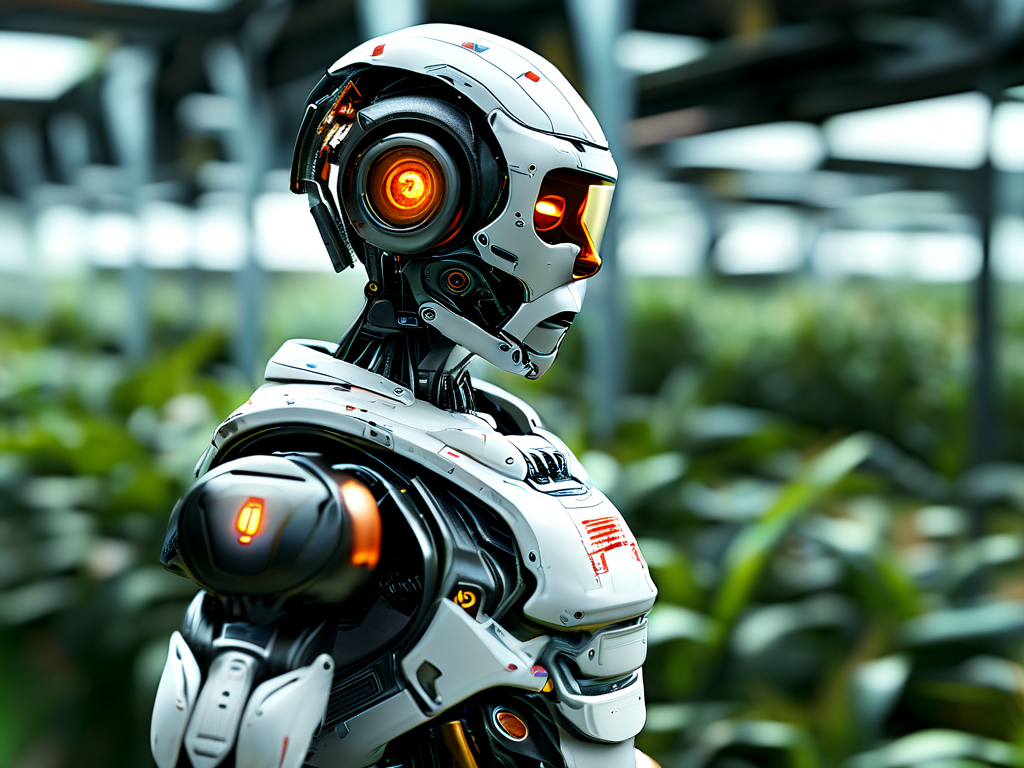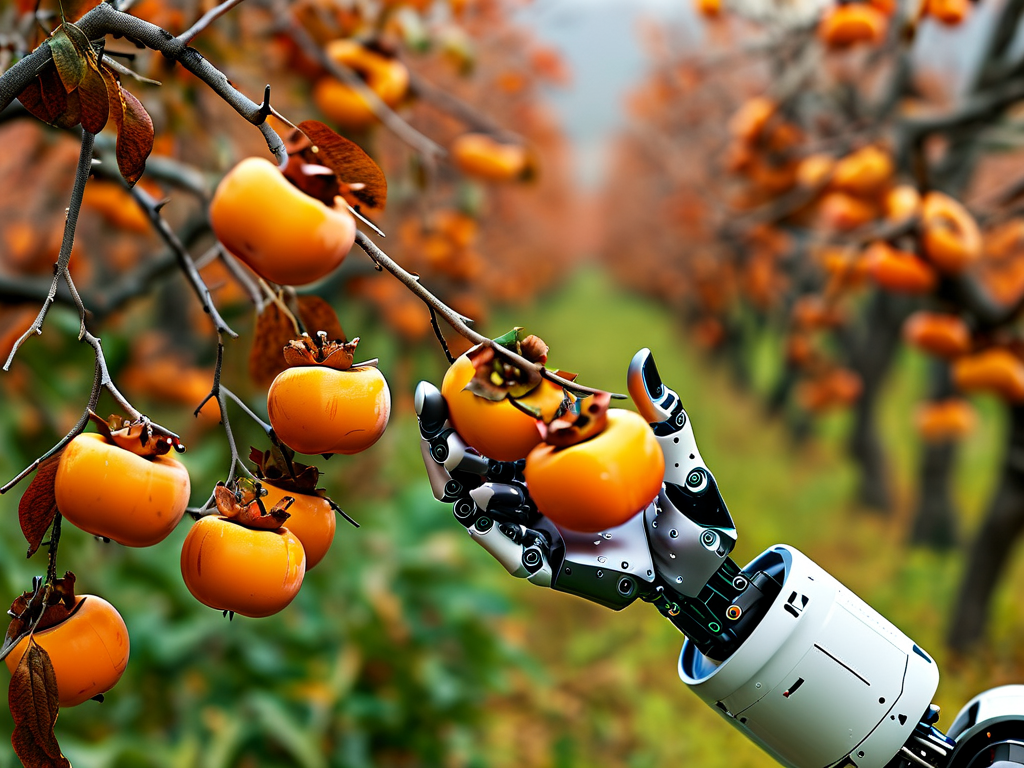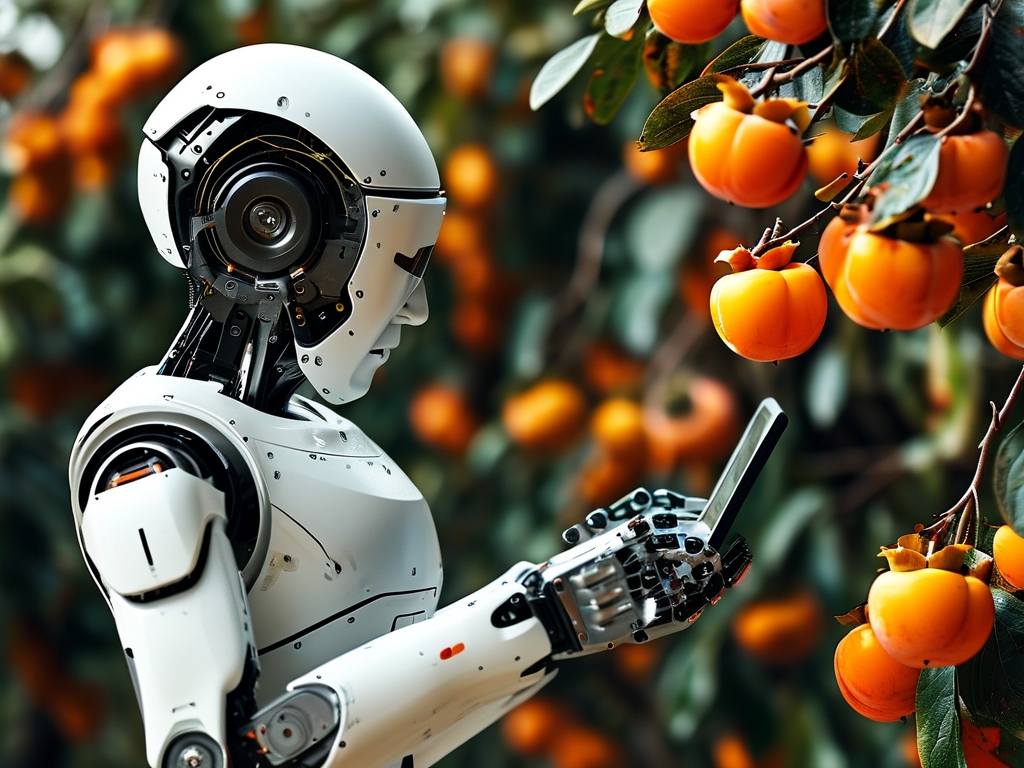The integration of advanced control technologies into agricultural robotics has revolutionized modern farming practices. Shennong robotic systems, named after the legendary Chinese deity of agriculture, exemplify this transformation by combining artificial intelligence, sensor fusion, and adaptive algorithms to optimize crop management. This article explores the core principles, applications, and future prospects of Shennong robot control systems, shedding light on their role in sustainable agriculture.

The Architecture of Shennong Robot Control Systems
At the heart of Shennong robots lies a multi-layered control architecture designed for real-time decision-making. The primary layer involves environmental perception, where LiDAR, hyperspectral cameras, and soil moisture sensors collect granular data about crop health, terrain, and microclimate conditions. This data is processed through machine learning models trained to identify nutrient deficiencies, pest infestations, or irrigation needs.
The secondary layer focuses on motion planning and execution. Unlike traditional industrial robots operating in structured environments, agricultural robots must navigate unpredictable fields. Shennong systems employ hybrid algorithms that merge GPS waypoint navigation with visual odometry, enabling centimeter-level accuracy even in GPS-denied areas. For instance, during autonomous weeding operations, the robot dynamically adjusts its path to avoid damaging crops while targeting invasive plants.
Key Innovations in Control Algorithms
One breakthrough in Shennong technology is its context-aware adaptive control (CAAC) framework. This system continuously evaluates operational priorities—such as energy efficiency versus task urgency—and recalibrates motor outputs accordingly. During harvesting tasks, CAAC reduces actuator speed when handling delicate fruits like strawberries but increases torque when uprooting mature root vegetables.
Another innovation is the swarm intelligence protocol for multi-robot coordination. By mimicking ant colony optimization patterns, fleets of Shennong robots collaboratively map fields and allocate tasks without centralized oversight. Field trials in Shandong Province demonstrated a 40% reduction in herbicide usage when 20 robots worked in tandem to spot-spray weeds across 50 hectares.
Overcoming Agricultural Challenges
Shennong control systems address three critical farming challenges:
- Resource Optimization: Precision dosing mechanisms ensure fertilizers and pesticides are applied only where needed, cutting input costs by up to 35%.
- Labor Shortages: Autonomous 24/7 operation compensates for declining rural workforces, particularly in repetitive tasks like seeding.
- Climate Resilience: Predictive algorithms analyze weather forecasts to adjust irrigation schedules, mitigating drought or flood risks.
A case study in Jiangsu Province showcased how Shennong robots autonomously managed a rice paddy during unseasonal rainfall. The system recalculated drainage patterns within minutes, preventing crop loss that would have affected 12% of the yield under manual management.
Future Directions and Ethical Considerations
Emerging 5G connectivity and edge computing will further enhance Shennong capabilities. Researchers are testing quantum-inspired algorithms to solve complex optimization problems, such as intercropping layouts that maximize land use efficiency. However, this technological leap raises questions about data ownership and the digital divide. Smallholder farmers risk being marginalized if they cannot afford these systems, necessitating policy frameworks for equitable access.
In , Shennong robot control technologies represent a paradigm shift in agriculture, blending ancient farming wisdom with cutting-edge automation. As these systems evolve, their success will depend not just on technical prowess but on creating ecosystems where technology serves both the land and those who cultivate it.



